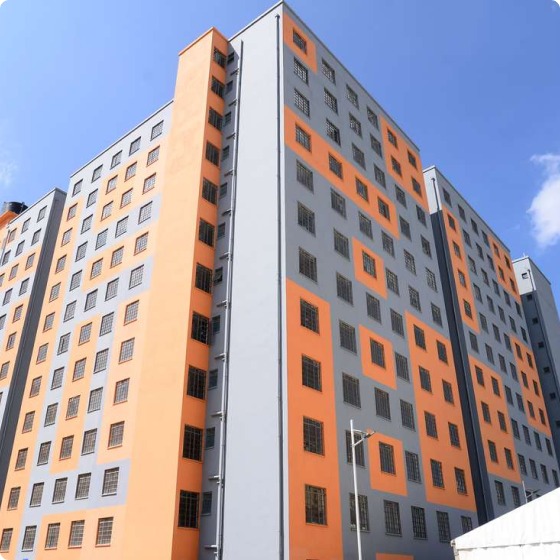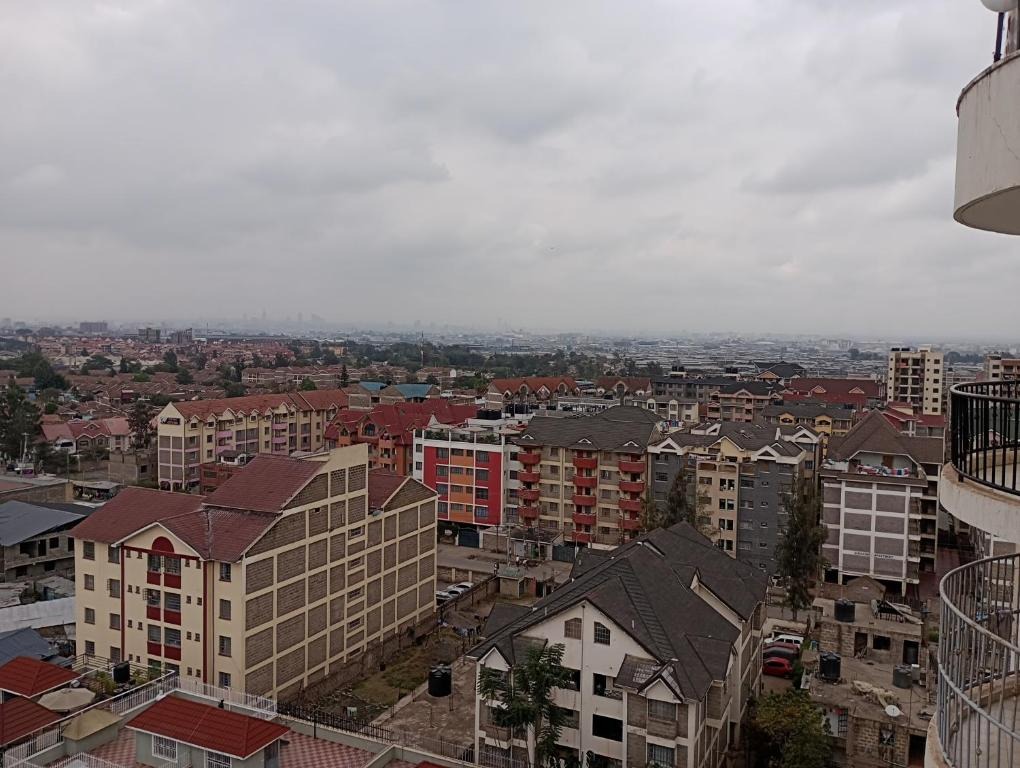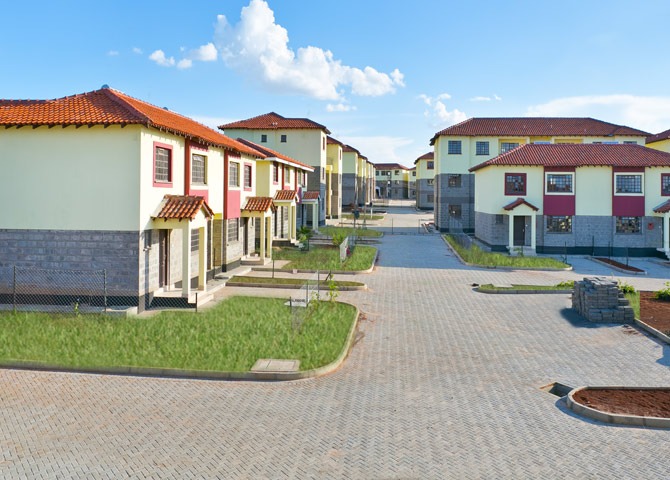Affordable housing is a global challenge, with many nations striving to develop innovative finance models to ensure that all citizens have access to safe, secure, and affordable homes. Examining successful examples from different countries reveals a variety of strategies that can be tailored to address specific local needs. This article delves into several noteworthy affordable housing finance models, highlighting how they have been effectively implemented to benefit low- and middle-income households.
The Low-Income Housing Tax Credit (LIHTC) in the United States
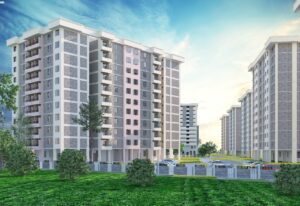
The United States’ Low-Income Housing Tax Credit (LIHTC) program is a cornerstone of affordable housing finance. Established in 1986, the LIHTC incentivizes private developers to build and rehabilitate affordable rental housing by offering significant tax credits. These credits are allocated by state housing agencies and can be sold to investors to raise capital for housing projects.
The LIHTC has been instrumental in creating over three million affordable housing units across the country. It ensures that a portion of units in funded projects are reserved for low-income tenants at affordable rents for at least 30 years. This model has not only increased the supply of affordable housing but also spurred economic activity in the construction and real estate sectors.
Singapore’s Housing Development Board (HDB)

Singapore’s approach to affordable housing is often cited as a global benchmark. The Housing Development Board (HDB), established in 1960, oversees the construction and management of public housing, which accommodates about 80% of the population. The government provides substantial subsidies to reduce the cost of HDB flats, making homeownership accessible for most Singaporeans.
Singapore’s model involves long-term, low-interest loans for homebuyers, along with grants for first-time buyers and those upgrading to larger flats. The HDB also promotes community integration through well-planned neighborhoods with amenities like schools, parks, and healthcare facilities. This comprehensive approach ensures not only the availability of affordable housing but also the creation of vibrant, cohesive communities.
Vienna’s Limited-Profit Housing Associations
Austria, particularly Vienna, has developed a robust model of affordable housing through limited-profit housing associations. These organizations operate on a not-for-profit basis, focusing on providing long-term, affordable rental housing. The government supports these associations through low-interest loans, grants, and land subsidies, enabling them to build high-quality, affordable units.
Vienna’s model emphasizes mixed-income housing, where affordable units are integrated with market-rate housing to promote social inclusion. The city also imposes strict rent control measures to ensure affordability. This approach has led to a stable and accessible housing market, with nearly 60% of Vienna’s population living in subsidized housing.
Brazil’s Minha Casa Minha Vida (My House, My Life)
Launched in 2009, Brazil’s Minha Casa Minha Vida (MCMV) program aims to reduce the country’s significant housing deficit. The program targets low-income families, providing subsidies and financing options for purchasing new homes. MCMV operates through partnerships with private developers, who receive incentives to build affordable housing units.
The Brazilian government offers various levels of subsidies based on income brackets, making it easier for lower-income families to afford homes. By the end of 2020, the program had delivered over four million housing units, significantly improving living conditions for millions of Brazilians.
The United Kingdom’s Affordable Homes Programme
The United Kingdom’s Affordable Homes Programme (AHP) is another exemplary model that has effectively increased the supply of affordable housing. The AHP provides grants to housing associations and local authorities to build affordable homes for rent or sale. The government allocates significant funding to the program, which is periodically reviewed and adjusted to meet housing needs.
The AHP focuses on delivering a mix of social rent, affordable rent, and shared ownership homes. This diverse approach caters to various income levels and helps mitigate the affordability crisis. The program also encourages the use of modern construction techniques to speed up delivery and reduce costs, ensuring a steady supply of affordable housing.
Lessons Learned and Best Practices
Government Support and Subsidies: Effective affordable housing programs require substantial government support, including subsidies, low-interest loans, and tax incentives. This financial backing is crucial for reducing development costs and making housing affordable for low-income families.
Public-Private Partnerships: Collaborations between governments, private developers, and non-profit organizations can leverage additional resources and expertise, increasing the efficiency and impact of affordable housing initiatives.
Integrated Community Planning:Affordable housing should be integrated with essential services and amenities to create sustainable and livable communities. This holistic approach enhances the quality of life for residents and promotes social cohesion.
Diverse Financing Options:Offering a range of financing options, such as grants, loans, and tax credits, can address the needs of different income groups and ensure broader accessibility to affordable housing.
Long-Term Affordability:Ensuring that housing remains affordable over the long term, through mechanisms like rent control and resale restrictions, is vital for sustaining the benefits of affordable housing programs.
Conclusion
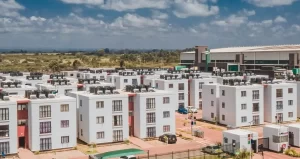
Affordable housing finance models from around the world demonstrate the power of innovative strategies and robust government support in addressing housing affordability challenges. By learning from these successful examples, countries can develop tailored approaches that meet their specific needs, ensuring that all citizens have access to safe, affordable, and dignified housing. As urban populations continue to grow, the importance of effective affordable housing finance models cannot be overstated in building inclusive, resilient, and thriving communities.

